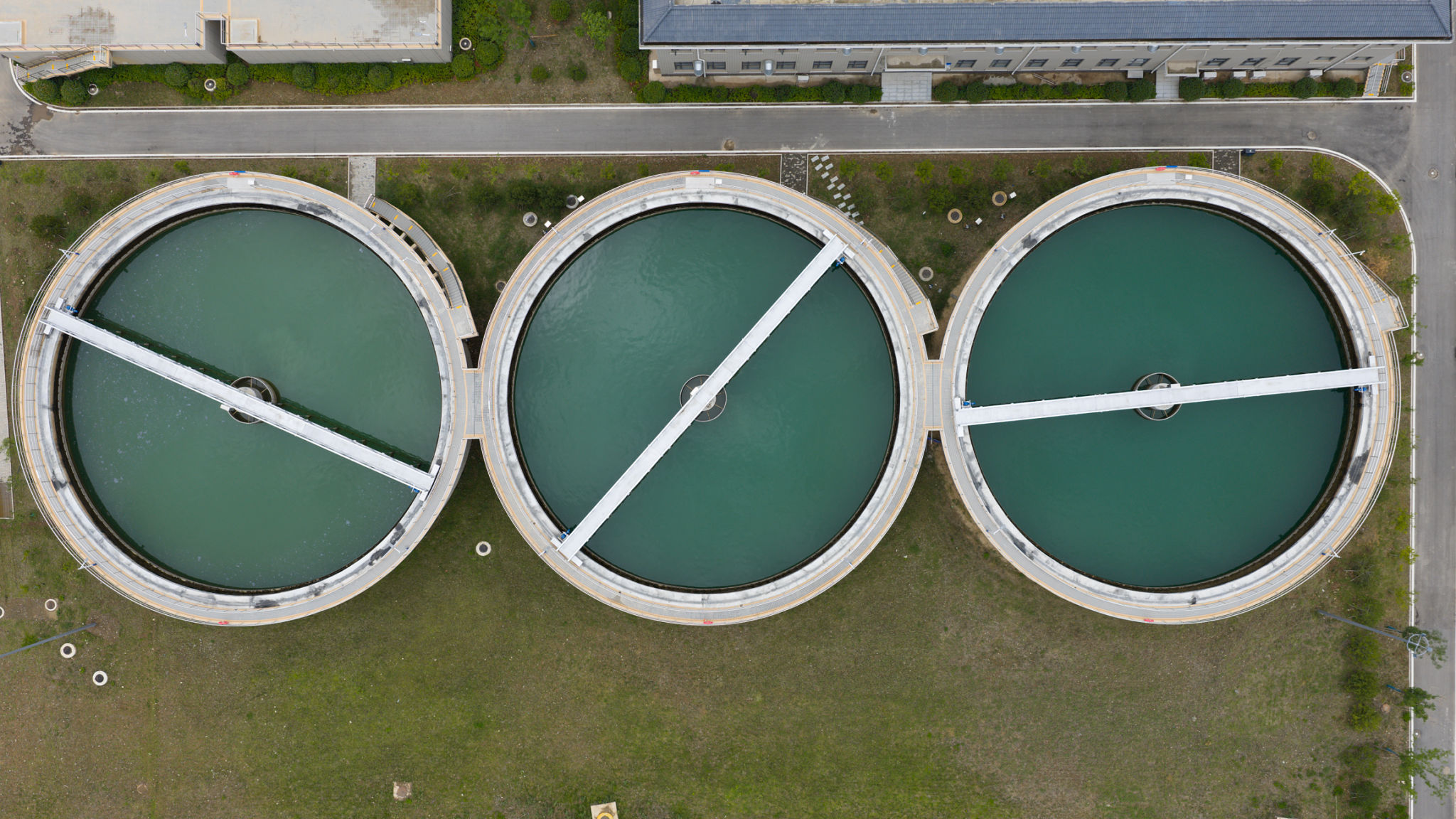Innovations in Managing PFAS: Cutting-Edge Strategies for Environmental Professionals
Understanding PFAS: The Emerging Contaminants
Per- and polyfluoroalkyl substances (PFAS) have garnered significant attention in recent years due to their persistence in the environment and potential health risks. Known as "forever chemicals," these substances do not break down easily, posing a challenge for environmental professionals tasked with managing their impact.
PFAS are used in a variety of products, from non-stick cookware to firefighting foams, making them ubiquitous in the environment. Their resistance to water, oil, and heat means they can remain in soil and water systems for extended periods. As a result, innovative management and remediation strategies are crucial to mitigate their effects.

Innovative Detection Methods
Recent advancements in detection technology have empowered environmental professionals to identify PFAS contamination more accurately. High-resolution mass spectrometry and other sophisticated analytical tools have improved the sensitivity and specificity of PFAS detection, making it possible to pinpoint contamination even at low concentrations.
These cutting-edge technologies not only allow for better monitoring of PFAS levels but also contribute to more effective risk assessment and management strategies. By understanding the extent and distribution of contamination, professionals can develop targeted interventions.

Advanced Remediation Techniques
Traditional remediation methods are often insufficient for dealing with PFAS due to their chemical stability. However, emerging technologies offer promising solutions. Techniques such as in-situ oxidation, bioremediation, and activated carbon adsorption are gaining traction for their effectiveness in reducing PFAS concentrations in contaminated sites.
- In-situ oxidation: This method involves injecting oxidizing agents into contaminated soils or groundwater to break down PFAS compounds.
- Bioremediation: Utilizing microorganisms that can degrade PFAS into less harmful substances offers a natural and sustainable approach.
- Activated carbon adsorption: This technique uses activated carbon to adsorb and remove PFAS from water systems effectively.

Policy and Regulatory Developments
The regulatory landscape surrounding PFAS is rapidly evolving as governments worldwide recognize the need for stringent controls. Recent policy developments have introduced stricter limits on PFAS levels in drinking water and industrial discharge. These regulations are driving innovation, as industries seek compliant and sustainable methods for managing PFAS emissions.
Environmental professionals are at the forefront of these changes, advocating for policies that protect public health while balancing economic impacts. By staying informed about regulatory trends, they can anticipate challenges and opportunities in PFAS management.
Collaboration and Knowledge Sharing
Addressing the challenges posed by PFAS requires a collaborative approach. Environmental professionals are increasingly participating in cross-disciplinary partnerships, sharing insights and solutions across sectors. Conferences, workshops, and online platforms serve as vital hubs for exchanging best practices and emerging research.
By fostering a culture of collaboration, the environmental community can accelerate the development of innovative management strategies that effectively tackle PFAS contamination on a global scale.

The Future of PFAS Management
The future of PFAS management lies in continued innovation and adaptation. As new technologies emerge and our understanding of these substances deepens, environmental professionals will be better equipped to safeguard ecosystems and public health. The integration of artificial intelligence and machine learning in analyzing PFAS data promises even greater accuracy in predicting contamination patterns and outcomes.
Ultimately, the key to successful PFAS management is a proactive stance—embracing cutting-edge strategies today to ensure a cleaner, safer future for generations to come.